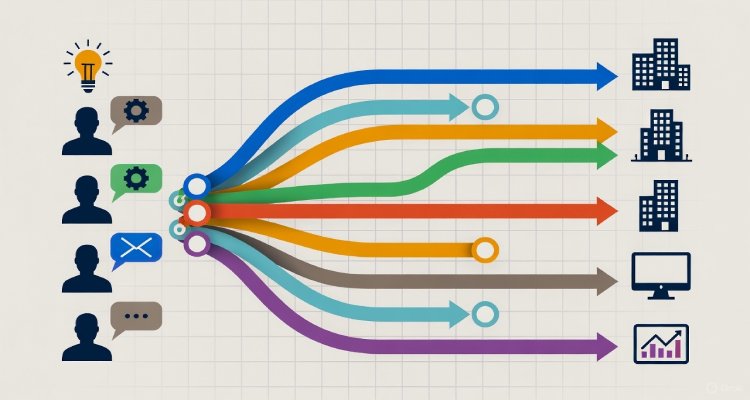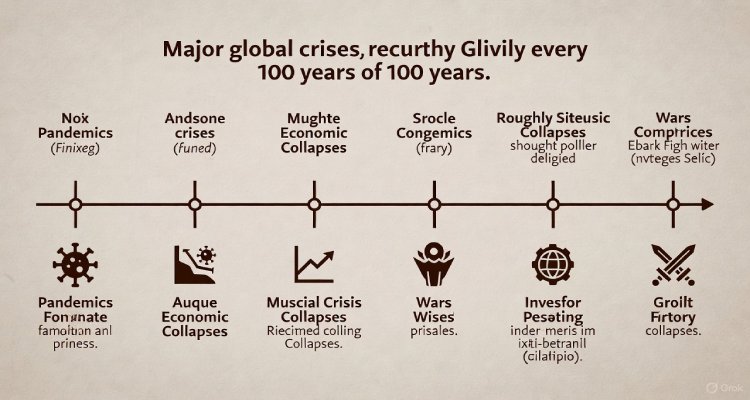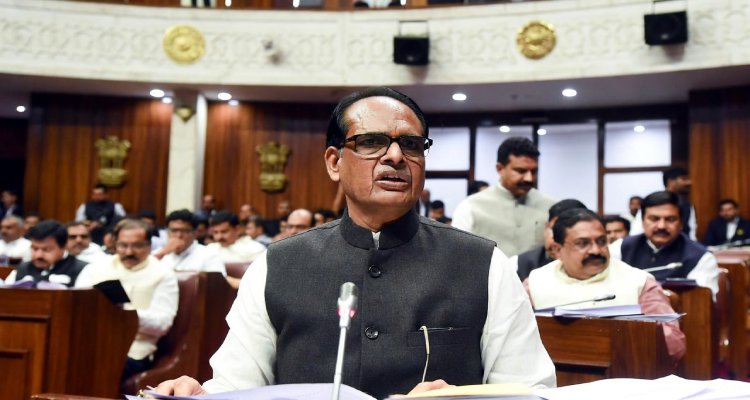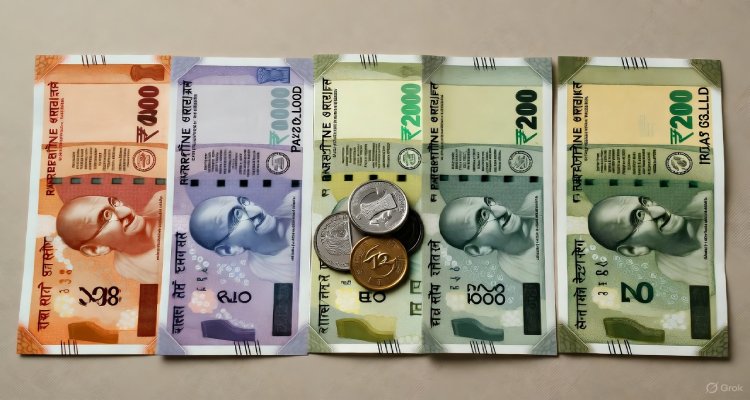What is the Purpose of the Central Pay Commission?
India’s Union Cabinet has approved the Terms of Reference for the 8th Central Pay Commission. Here’s an explainer on its role, purpose, and impact on government salaries and pensions.
Introduction
Every decade, a quiet yet powerful exercise reshapes the financial well-being of millions of government employees and pensioners across India. It is not an election or a budget announcement—but the constitution of the Central Pay Commission (CPC). On October 28, the Union Cabinet led by Prime Minister Narendra Modi approved the Terms of Reference for the 8th Central Pay Commission, marking the beginning of another crucial exercise that will directly affect the pay and pensions of nearly 1.2 crore people.
Context and Background
Since India’s independence, seven Pay Commissions have been set up to periodically review and recommend changes in the salary structure, allowances, and pensions of central government employees. The first commission came into being in 1946, even before independence, and introduced the concept of a “living wage.” Over the decades, these commissions have evolved into comprehensive fiscal instruments that balance public service incentives with national economic realities.
The latest commission, the 8th Central Pay Commission, was formally approved on January 16, 2025. It will be chaired by Justice Ranjana Prakash Desai, a former Supreme Court judge and current chairperson of the Press Council of India. IIM Bangalore’s Professor Pulak Ghosh will serve as part-time member, while Petroleum Secretary Pankaj Jain takes on the role of Member Secretary. The commission will submit its final report within 18 months and may release interim findings along the way.
Why Pay Commissions Matter
The Central Pay Commission serves a fundamental purpose: to periodically review and rationalize the pay and benefits of central government employees in line with changes in the economy, living costs, and inflation. With nearly 50 lakh central employees and 69 lakh pensioners directly impacted, each pay commission’s recommendations ripple through the national economy.
Beyond mere salary adjustments, the commission’s decisions influence state governments, public sector undertakings, and even the private job market, which often benchmarks administrative salaries against public sector standards. Historically, the implementation of a pay commission report has triggered a demand surge in consumer goods, housing, and services—fueling short-term economic growth.
Main Developments: The 8th Pay Commission
The formation of the 8th Pay Commission ensures adequate time to review recommendations before the 7th Commission’s term concludes in 2026. The Terms of Reference (ToR) approved by the Cabinet lay out clear priorities:
-
Examine the salary, allowances, and pension structures of central government employees.
-
Recommend revisions aligned with inflation, economic conditions, and fiscal responsibility.
-
Suggest a fair formula for dearness allowance and dearness relief adjustments.
-
Maintain fiscal prudence while ensuring employees’ pay remains competitive and viable.
-
Consider the financial impact on state governments that usually mirror the central pay structure.
The Finance Ministry’s Department of Expenditure serves as the nodal agency overseeing the exercise, ensuring consistency with broader fiscal policy and revenue management objectives.
Evolution of India’s Pay Commissions
Each Pay Commission has reflected its economic era and the government’s approach toward public service reform.
-
1st Commission (1946–47) introduced the living wage idea; the minimum salary was Rs 55/month.
-
2nd Commission (1957–59) integrated socialist ideals and raised the minimum to Rs 80/month.
-
3rd Commission (1970–73) targeted parity between public and private sector pay, setting Rs 185 as minimum.
-
4th Commission (1983–86) reduced salary disparity and introduced performance-linked pay.
-
5th Commission (1994–97) emphasized modernization and suggested a minimum salary of Rs 2,550/month.
-
6th Commission (2006–08) introduced pay bands and grade pay, creating a flexible matrix-based system.
-
7th Commission (2014–16) replaced grade pay with a new Pay Matrix, setting minimum pay at Rs 18,000/month and maximum at Rs 2.5 lakh/month.
Each iteration has not only influenced paychecks but also modernized the administrative framework—linking pay to performance, standardizing allowances, and streamlining career progression paths.
Expert Insight
According to senior economist Dr. R. Gopalakrishnan, “Pay Commissions act as a bridge between economic policy and social equity. They keep government service attractive, but must balance that with fiscal responsibility.”
Public finance specialists also note that the 7th Pay Commission’s implementation added roughly Rs 1 lakh crore to the 2016–17 fiscal expenditure but simultaneously boosted consumption and tax revenues. The 8th Commission, they believe, must navigate a complex global economy marked by inflation concerns and post-pandemic fiscal pressures.
Employee unions have welcomed the move, saying early constitution ensures stability and avoids rushed decisions near the end of the decade. “Timely review is essential for morale and efficiency,” said a representative from the Confederation of Central Government Employees and Workers.
Economic and Social Impact
The recommendations of any Pay Commission have far-reaching implications. A revision in pay and pensions immediately increases disposable income, spurring consumption. This, in turn, boosts sectors like real estate, automobiles, and consumer goods.
At the same time, fiscal economists warn of the budgetary pressure these revisions bring. Maintaining fiscal prudence—especially amid ambitious infrastructure and welfare spending—requires careful calibration between fairness and affordability. Moreover, most states emulate these recommendations, multiplying the overall fiscal impact nationwide.
Beyond macroeconomics, the commissions help maintain parity between government jobs and private employment. In an era where skilled professionals often gravitate toward corporate opportunities, a competitive salary structure ensures that public service continues to attract top talent.
What Lies Ahead
The 8th Pay Commission’s report, expected by mid-2026, will likely define the pay landscape for the next decade. It will factor in current inflation trends, cost of living variations, and modernization of workforce policies such as hybrid work flexibility, digital allowances, and skill-linked pay incentives.
For now, both employees and pensioners view the commission’s formation as a positive signal of the government’s commitment to reform, transparency, and long-term financial planning.
Conclusion
As India’s economy continues to evolve, balancing growth with equity becomes vital. The Central Pay Commission embodies that balance—ensuring government employees are compensated fairly, while keeping fiscal discipline intact. The 8th Pay Commission’s recommendations could mark a new era of performance-linked governance pay—aligning financial sustainability with a motivated and efficient public service.
Disclaimer: This article is for informational purposes only. It summarizes official government developments and related economic perspectives based on publicly available sources.











